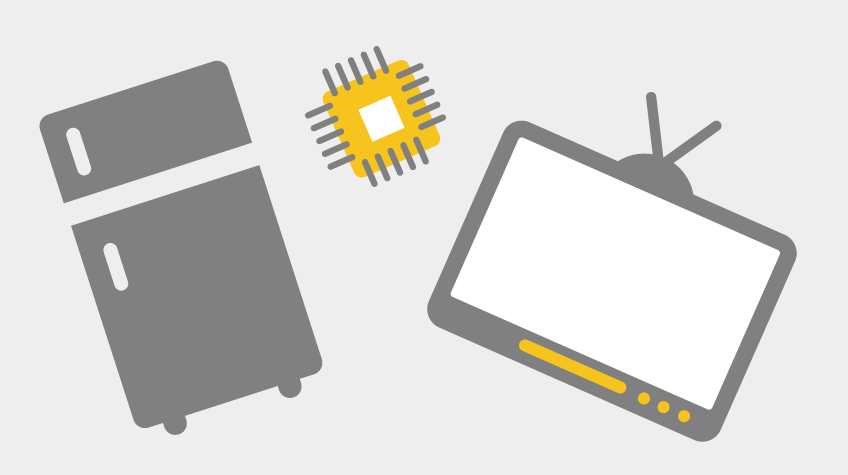
A Basic Guide to Recycling Electronics
Recycling electronics can often seem like something of a mystery. There’s just so many components in them; how can something so complex be broken down for re-use on an industrial scale? Well, we figured that it was about time that process was brought into the spotlight. Plus, we wanted to let you know how you can help us recycle those old TVs and computers of yours to benefit everyone involved, including the environment.
Defining the Terms
One thing that’s worth clearing up from the start is a term that gets thrown around a lot in our industry, and that’s WEEE. WEEE is actually an acronym that stands for Waste Electrical and Electronic Equipment.
WEEE is a specific category of waste that is required to be treated differently from the standards plastics, glass, and metals that we get in our skips. This is because of the WEEE directive, which became European law back in 2003. Since then, recycling electronics has become mandatory wherever possible, and as such the process has been refined.
Starting at the Source
Your part in helping with the WEEE directive comes into play at the beginning of the process, when you get one of our skips. It doesn’t take much; we simply ask that you keep your electrical waste separated from everything else in your skip. This includes things like televisions, computers, Hi-Fis, and fridge freezers, all of which need to be sent to specific recycling plants in order to be properly salvaged for future use.
Before we arrive to pick up the rest of your waste, we’ll calculate the amount of WEEE you have over the phone based on the total volume, or, in the case of refrigerators, based on the total number of units. Because of the harmful chemicals in appliances like fridges, there is strict legislation that we have to adhere to when disposing of it. We’ll handle all of that for you and at the lowest price possible.
Breaking Down Electronics
When your waste electronics are safely in our hands, we’ll send it on to a dedicated WEEE recycling plant for it to be broken down into its raw components. Believe it or not, there are plenty of precious metals trapped inside your old TVs and computers that can be extracted through a delicate process, including copper, silver, and even gold.
The extraction processes are often very specialised. For example, a microprocessor in your desktop computer contains only metal — gold — which can be extracted by throwing the component into a vat of acid, which separates the ceramic from the metal and leaves gold dust over that is sold back to manufacturers to make more computers.
Refrigerators go through an entirely different process. The first thing that is done is that their cooling gasses are removed to help the ozone layer, and are disposed of separately. Then, the fridges are essentially thrown into a giant fridge blender before metals and harmful materials are picked out of the wreckage.
For a Good Cause
It might sound like a very complex process, but what really counts here is that a lot of people are working together behind the scenes to ensure that virtually nothing that you send to us is wasted. Computers are picked apart as carefully as they are put together, all in the name of helping the environment and boosting the economy.
So, when you hand over your waste electronics to us, you’re helping kick off a long, complex process that ends with you feeling good about the care that’s going into repurposing that busted TV that’s been lying around for years. We think that’s something to celebrate.
